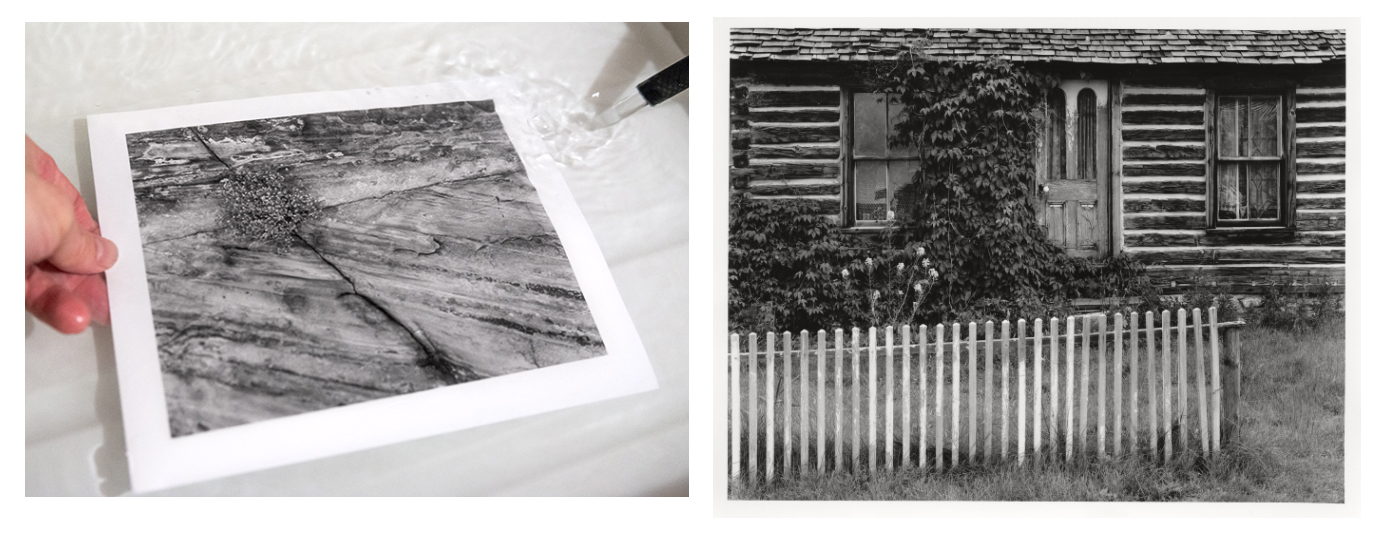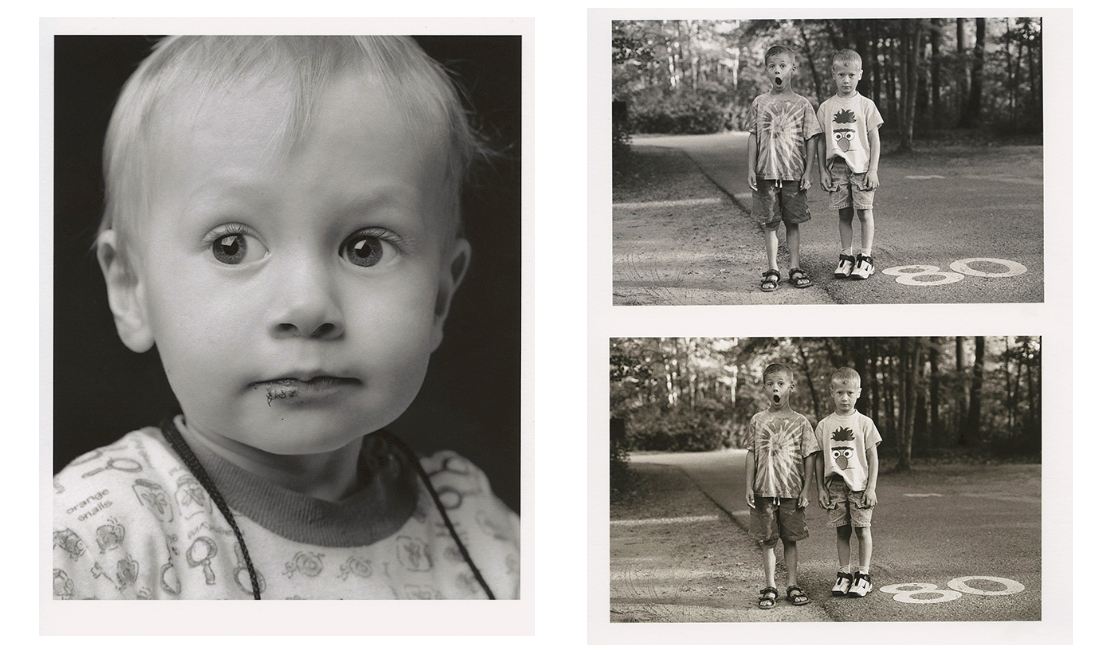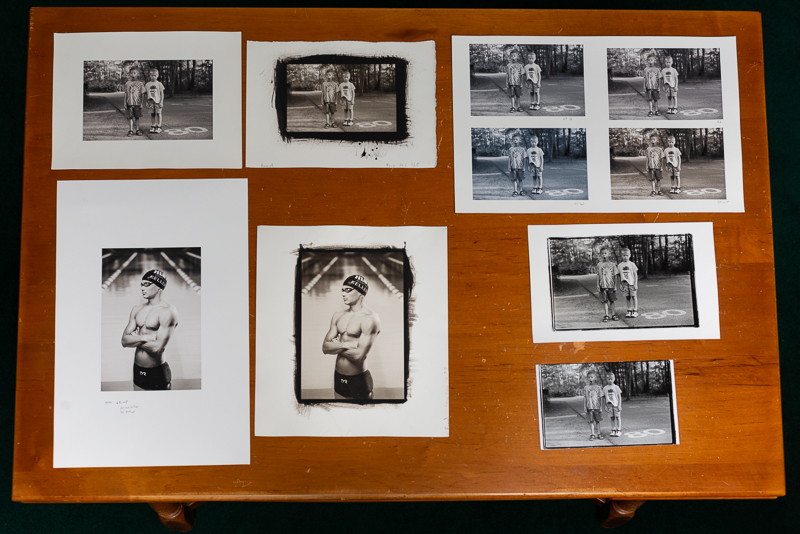Printing Photographs
Photographs for me are meant to be seen as a final print. It is a special experience to look at an image printed on paper. The photograph is an object that can be experienced and touched. I love when someone contacts me about a shoe box of old film, negatives and prints they found going through a grandparents house and want them printed. I doubt I will be contact with an inquiry about photographs found on grandmas hard drive but that is another story and an argument for WHY you should print your photographs.
There are many ways to print a photographic image. I mainly work with black and white photography and that is the focus of most of my printmaking. All the printing processes have a very unique and beautiful look. I use three processes for the majority of my work and printing service. Although it is quite silly to compare prints and printing processes while looking at the images on a computer screen, I have photos here which show a variety of options.
Silver Gelatin Photographic Prints These are the traditional photographs made in the wet darkroom. Prints with this process are made using photographic paper (light sensitive) which is exposed to light and developed in chemistry to produce a visible image on the paper. The image that becomes visible is made up of metallic silver converted in the photochemical process.There are a variety of papers and paper types from which to choose each having a different look. Silver gelatin printing paper option are disappearing as digital photography and other printing option emerge. Making a great silver gelatin print requires much time and skill. Each print is unique and one of a kind as they are hand made.

Gelatin Silver Prints
Platinum/Palladium Photographic Prints The Pt/Pd process was invented in the 1870’s and quickly became the standard for quality photographic prints. The process died out in the 1920’s when WWI made mass production of the paper difficult while platinum was unavailable during the war. In the early 70’s there was a resurgence of the process due to its unique and beautiful tonal scale. To make Pt/Pd prints today, the photo sensitive paper must be created by the printer. A light sensitive mixture of chemicals including Pt/Pd salts is hand mixed and coated on paper. The resulting print is a truly beautiful and unique image very different than a traditional silver gelatin print. In a silver gelatin print (traditional black and white darkroom print) the bits of silver are suspended in gelatin which floats on top of a piece of paper. In the Pt/Pd print, small bits of platinum and palladium are actually embedded in the paper itself. Platinum/Palladium prints are expensive to make and are very hands on and time consuming to create.

Platinum Palladium Prints
Inkjet/Piezography Prints These prints are not technically photographs though no less beautiful. They are just not made using the photographic process. They might be made FROM a photograph but the process itself is just ink applied to paper using no light in the process. Photograph literally means Light Writing so for me light must be used to make a photograph. This is probably the most used printing process for photographs these days. Though inkjet quality varies widely, most basic home printers will make a black and white print using one black ink and a variety colors to create the image. Results form this are fair at best and usually have some color cast to them and a poor gradation from black to white. A “photo inkjet printer” is a better option and usually use at least two black inks along with the colored inks but relies mainly on the two black inks to create a black and white print. I have three printers each set up with different ink combinations. One printer is set up to print color as it came out of the box. For my black and white printing I use the Piezography inks. I find it to be an amazing and beautiful printing system. My second printer is set up to print with 4 shades of black Piezography ink along with cyan, yellow and magenta ink. With this printer the four black inks produce a beautiful smooth transition from black to white and I can add in slight color tone to images as I wish. The third printer is set up to produce prints using 6 shades of black Piezography ink. A very wide variety of paper options are available for inkjet printing. A well made inkjet print is all but indistinguishable from a traditional photograph under glass. Although it may take many hour to prepare a file for printing once it is ready a simple push of the button can produce many identical prints.

Piezography Ink Jet Prints

Variety of Print options

Follow Me!